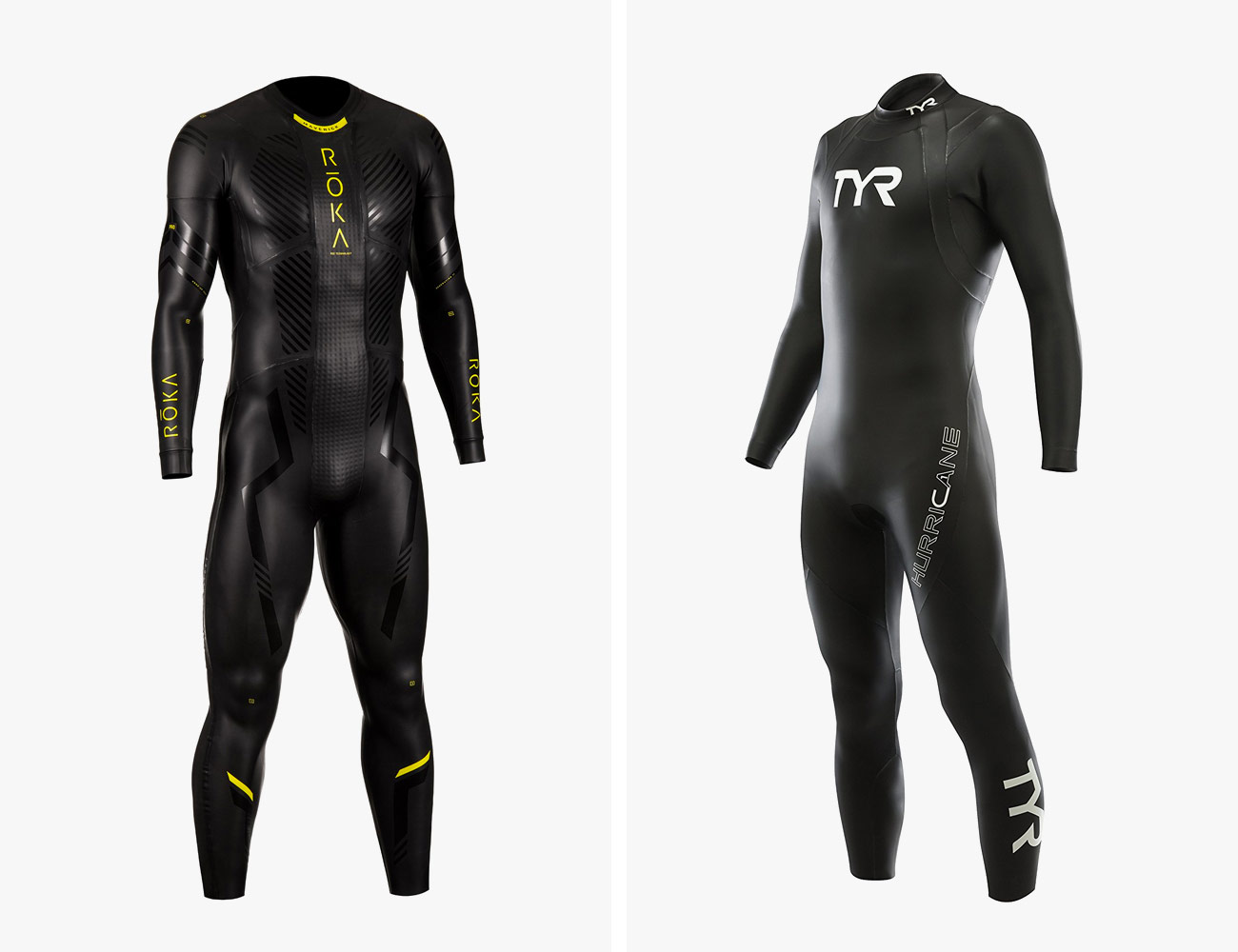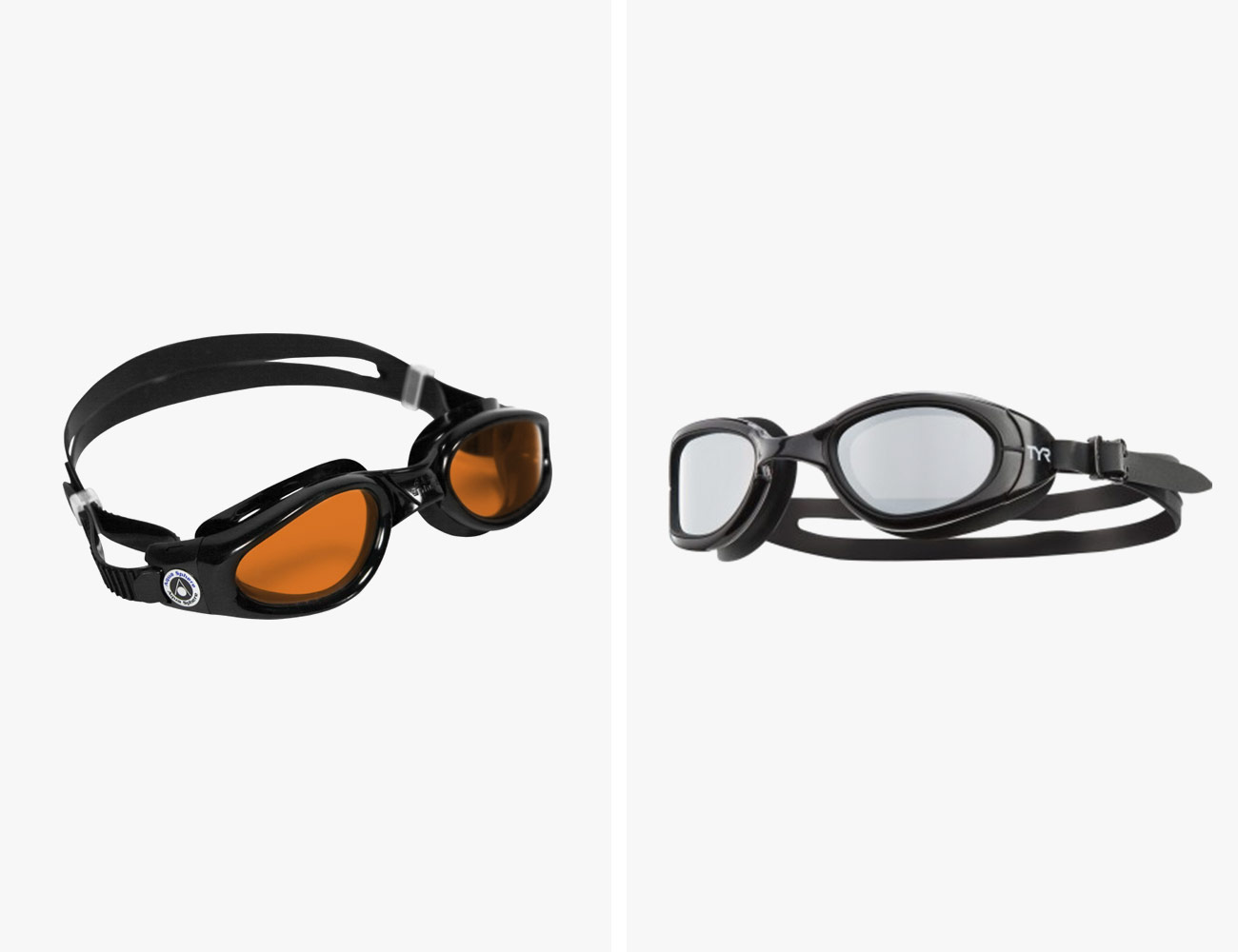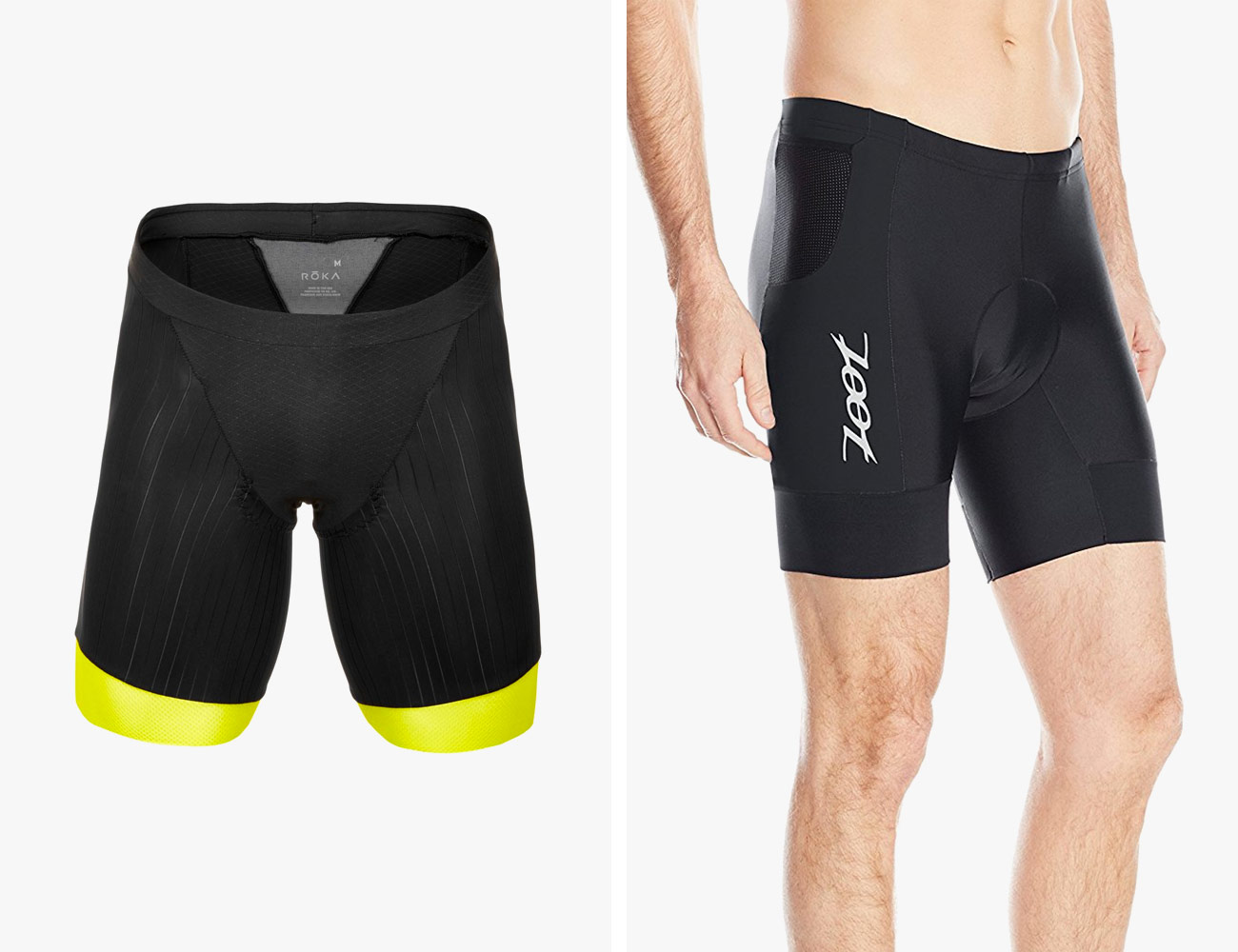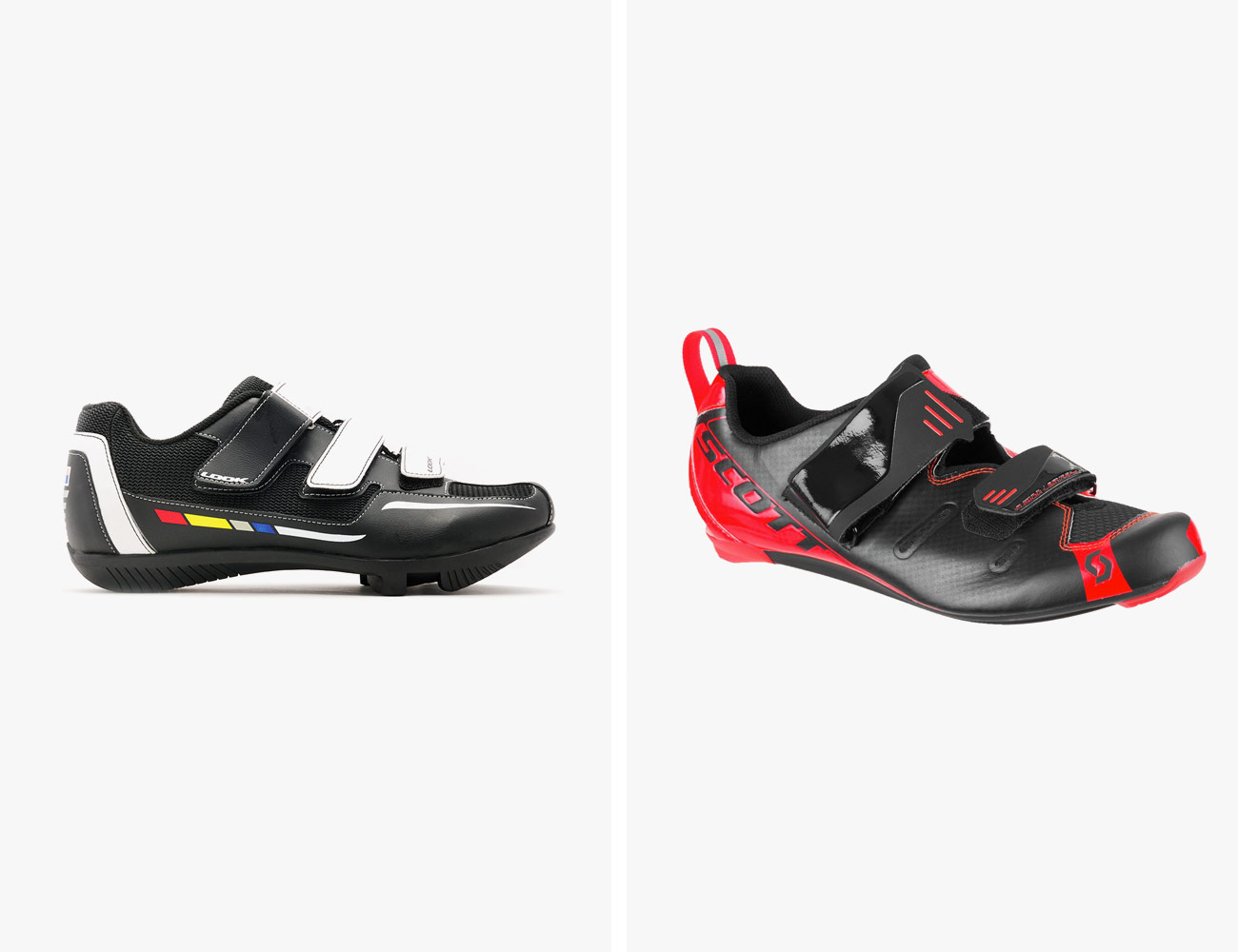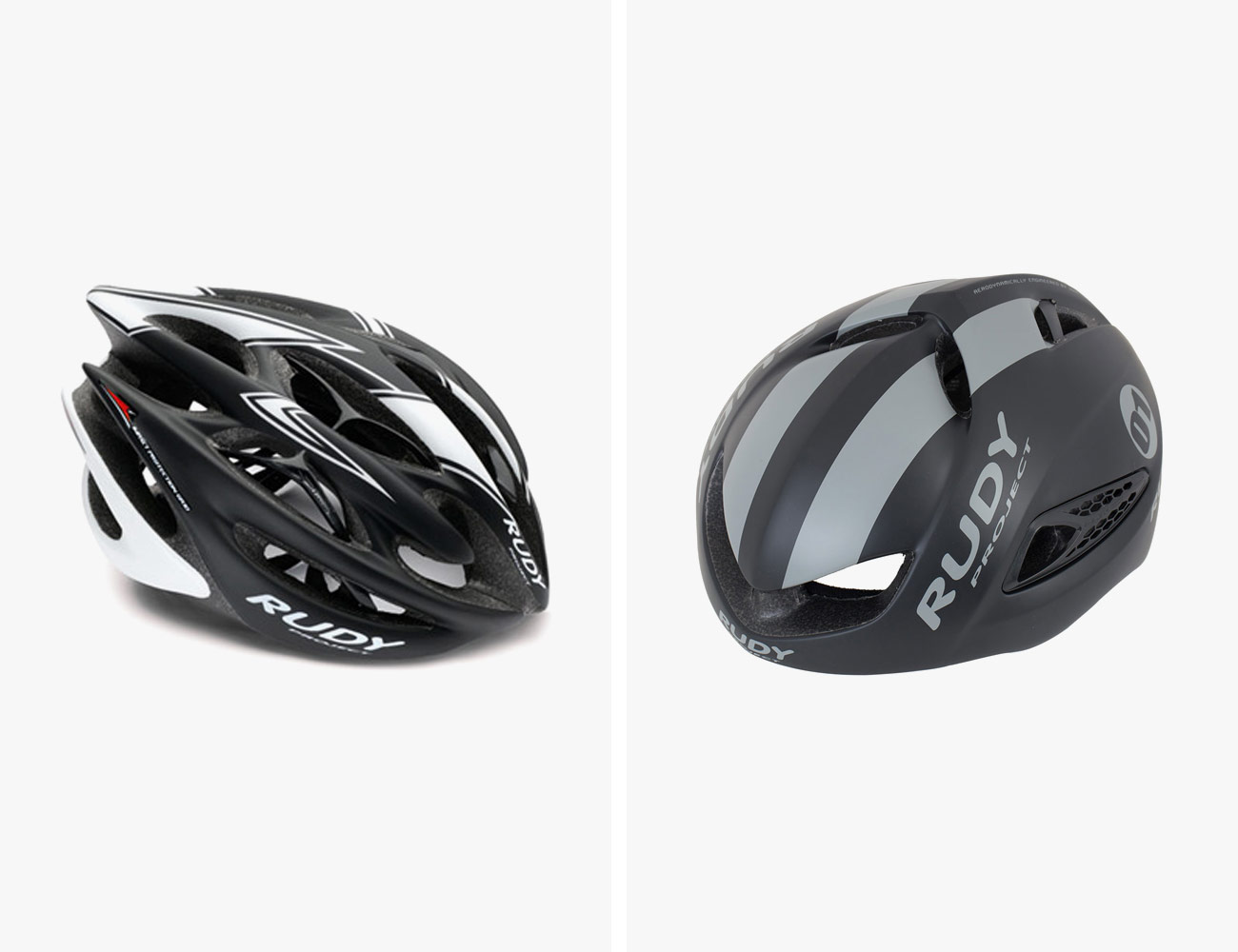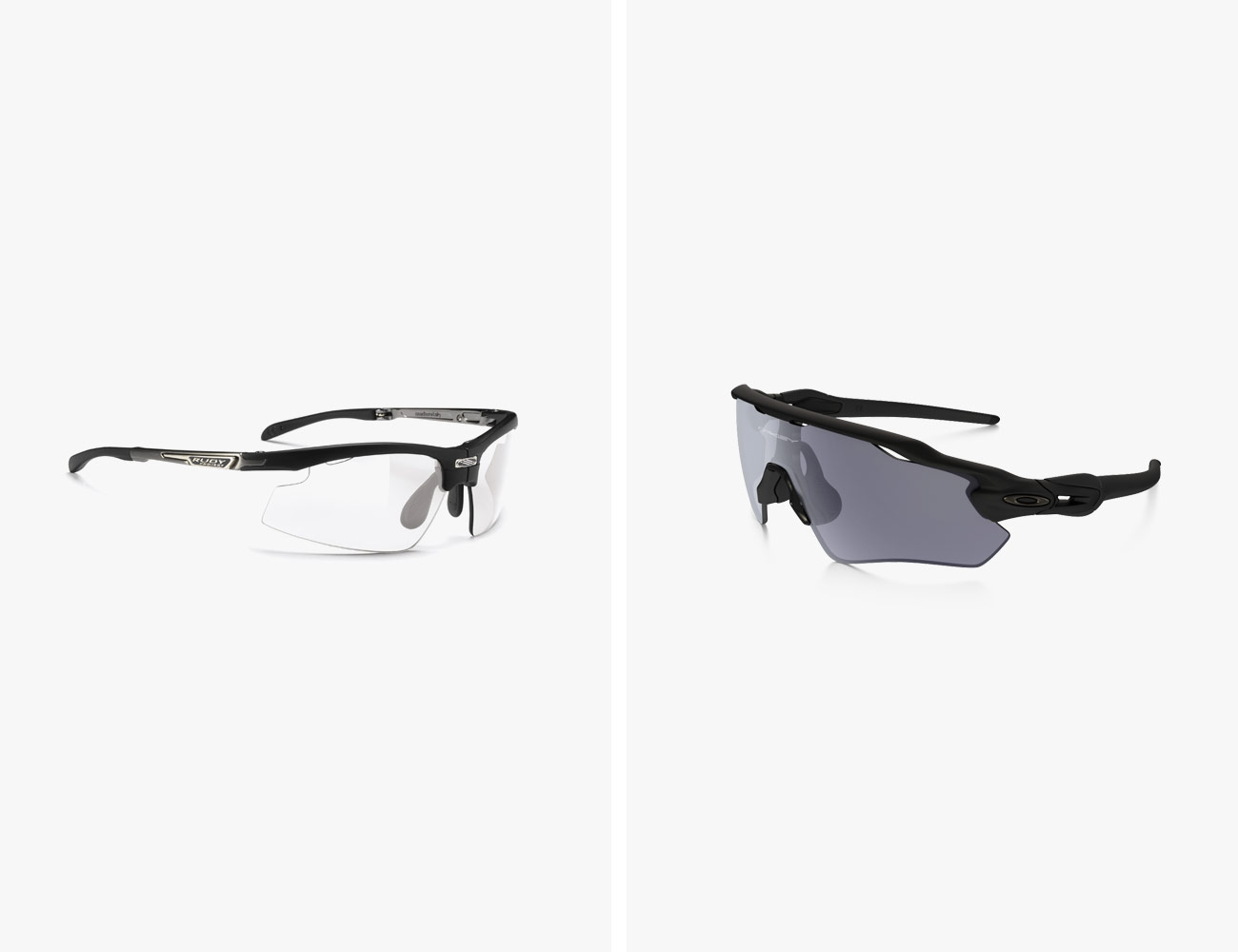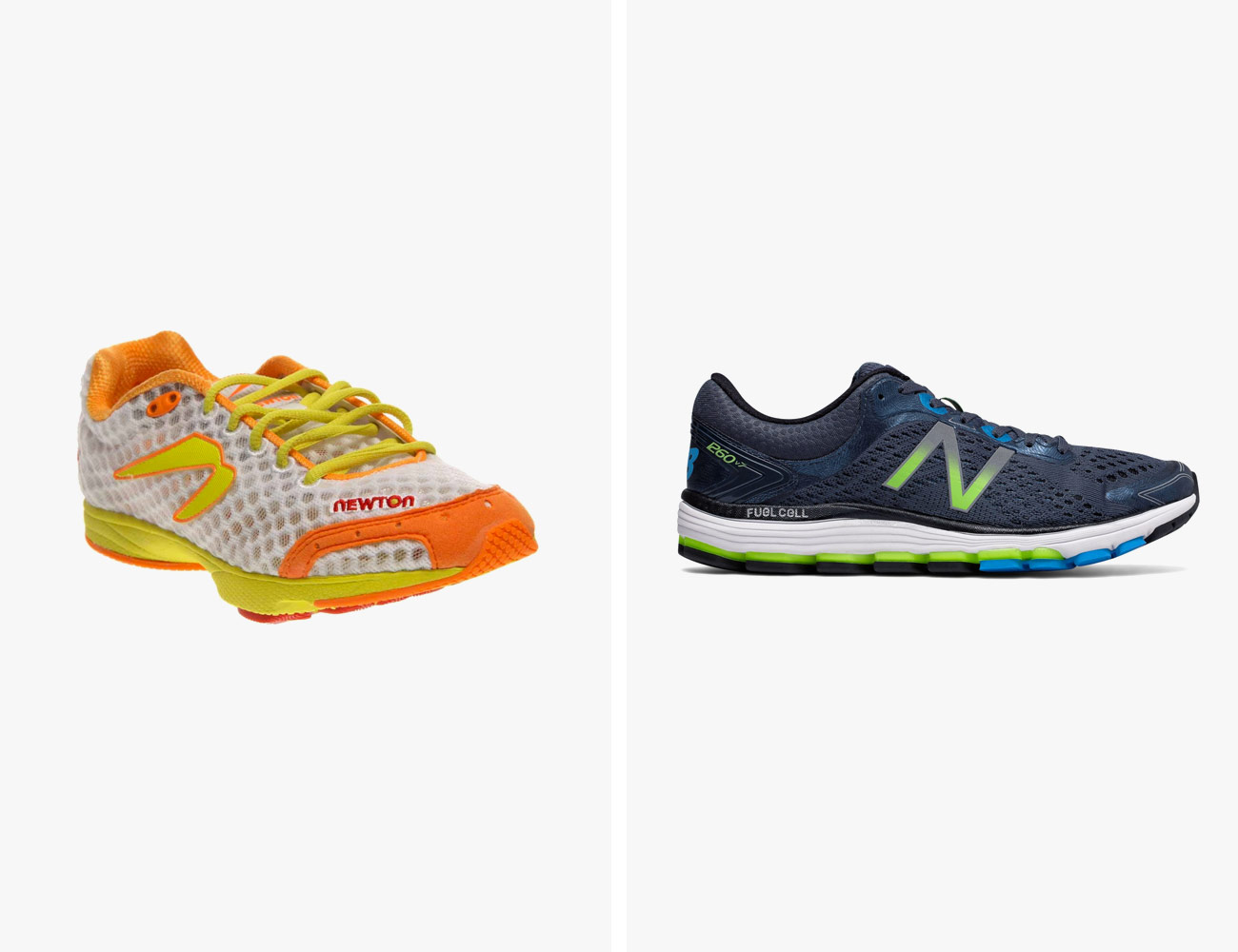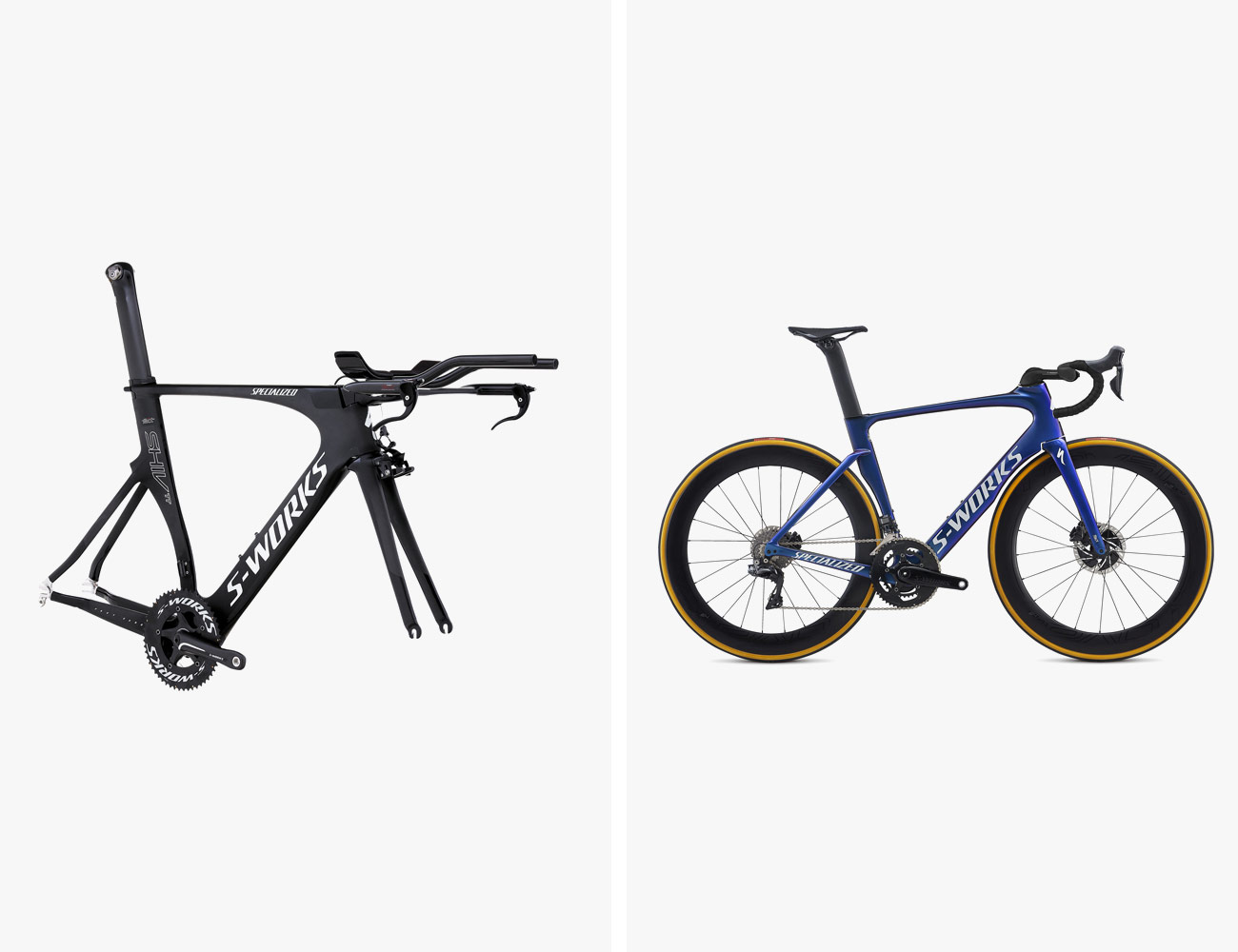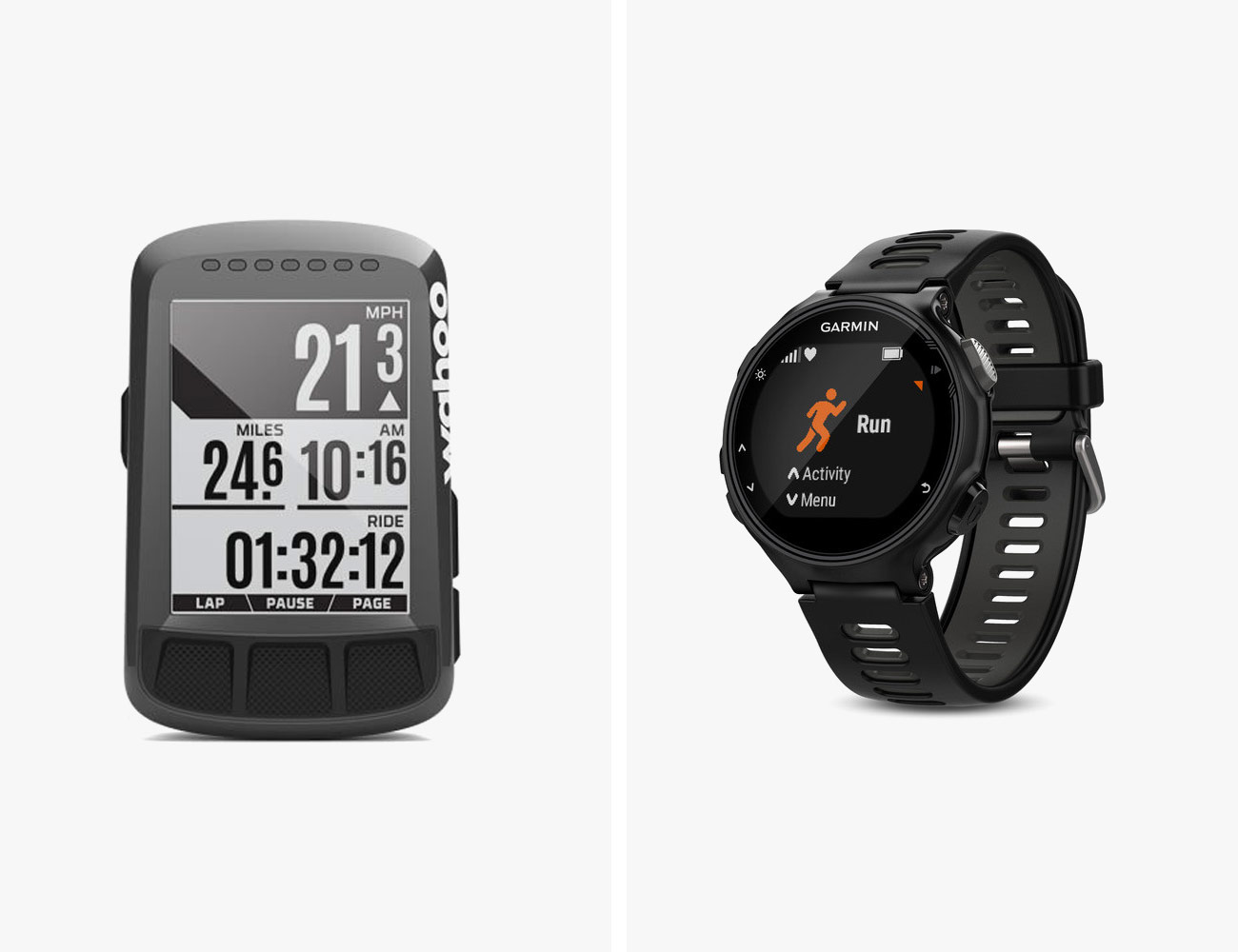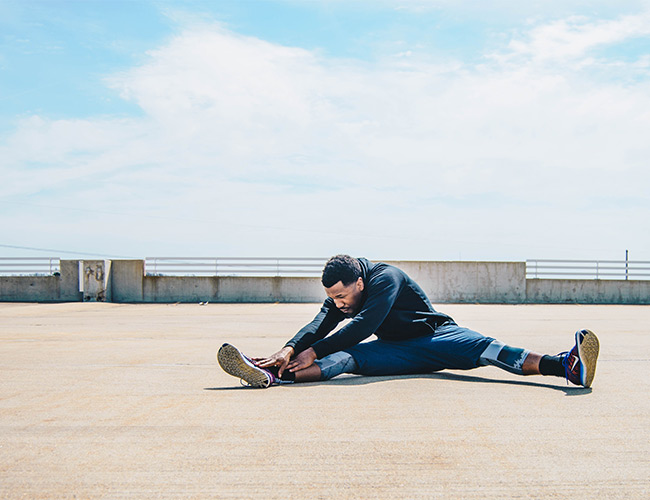Taking on your first triathlon is quite a feat, but before you log hours on a bike, in the pool and on the roads, you need to make sure you have the right equipment. Signing up for a triathlon is the easy part. It can be overwhelming just to think about all the gear you need, but we’re here to help.
Most people work up to triathlons after competing separately in one of the three disciplines: running, biking or swimming. But starting from scratch is an option as well. Be aware that triathlons can be expensive, so if you’re not sure you want to dive headfirst into it, that’s okay. “Triathletes are gear-geeks. In reality, this list [below] can go on and on. But use this as a good starting point for jumping into the sport. For your first sprint tri, you need goggles, a bike and helmet and running shoes. The bare bones. From there, you will decide if you want to up your game and gear. But be warned, the sport is addictive and the gear, even more so!” says Jason Schneider, an expert triathlete and trainer at Equinox.
The Experts
We spoke with three experts who have extensive experience in the triathlon world, from racing to training to teaching. Schneider has raced four IRONMAN races, more than 20 half IRONMAN races and countless shorter distance races. He has also raced marathons and ultramarathons for over 30 years. We also spoke with Michael Collins, a swimming and triathlon trainer at Equinox who has completed over 350 races. For our final expert, we asked Dana Staggs for advice. Staggs is an Equinox triathlon coach and master swim coach who has competed in three IRONMAN races, six 70.3 (half IRONMAN), two Olympic distance triathlons and countless others, and she normally podiums in every race.
The Distances
There are a variety of triathlon distances, so it’s good to familiarize yourself with them. (All distances shown in miles.)
Sprint: .5 swim, 12.4 bike, 3.1 run
Olympic: .93 swim, 24.8, 6.2 run
Half IRONMAN/70.3: 1.2 swim, 56 bike, 13.1 run
Full IRONMAN/140.6: 2.4 swim, 112 bike, 26.2 run
The Gear
Wetsuit
“Although not a required item, it’s one that all new triathletes should have. Beyond warmth in cooler temperatures, wetsuits provide much-needed buoyancy and speed in the water, which is especially important for timid swimmers experiencing open water for the first time,” Schneider says. How does the suit help you float? “The neoprene in a wetsuit is composed of tiny air pockets which provide buoyancy to the swimmer. It will feel like a wearable floatation device,” Staggs says. “Extra buoyancy helps the athlete to swim fast because they are floating higher up in the water and have reduced drag, the enemy of swimming.”
|
Goggles
“To start, you will need a good pair of goggles. I have used just about every brand, make and model, and found you don’t need to buy the most expensive pair to find something that works. Find something that fits your face,” Staggs says. “I’ve been using the Aqua Sphere Kaiman goggles for the last ten years and really like them. To keep goggles from fogging, I use Aqua Sphere anti-fog drops.”
Schneider likes the TYR Special Ops 2.0 Transition goggles — “visibility during the swim is key for both navigation and bearings. I always recommend two pairs, a tinted and clear, as you want to be prepared for whatever conditions come your way.”
|
Tri Shorts
“Although not required, your body will thank you through all the training and racing, especially as you start to go longer distances. A little padding goes a long way to provide comfort in the saddle, provide easy transitions from water to bike to run and avoid chafing. Real athletes don’t fear spandex!” Schneider says.
|
Cycling Shoes
If you’re not ready to splurge on cycling shoes, that’s okay. “You can use running shoes if the bike being used does not have clip-in pedals,” Staggs says. But it is more efficient if you clip in. “Connection to the pedals helps produce power, which results in speed,” Schneider says. Schneider likes the Look Keo, while Staggs recommends the Scott Road Tri Pro Shoe.
|
Helmet
You might have one of these sitting around in your home — perhaps very outdated, but helmet technology doesn’t change too much. It’s incredibly important to have one. “I do not advise skimping on a helmet. We only have one head,” Staggs says. “Buy a new helmet with proper safety ratings from a reputable bike or triathlon shop. My current is the Rudy Project Sterling,” she adds. Schneider also likes Rudy Project’s Boost 01.
|
Sunglasses
Having the right pair of sunglasses can help prevent glare, increase your field of vision and protect your eyes. “Consider glasses with top-grade polarization and durable (yet flexible) frames. Many brands offer interchangeable lenses, which is like getting four pairs of glasses for the price of one, to suit any weather conditions,” Schneider says.
“I like sunglasses that do not fog easily,” Staggs says, “I am currently using Oakley Radar sunglasses.
|
Running Shoes
“Any pair of running shoes will work for the run portion of the triathlon. You can use the shoes you use for training for your race,” Staggs says.
“I do recommend using lace locks and elastic laces because they are easier to secure,” Staggs shares. Collins recommends Hickies if you can’t find elastic laces.
|
Bike
If you know what you’re looking for in a triathlon bike, picking one out yourself is great. However, Collins highly recommends “getting a bike fit by a good triathlon fitter or coach.” It’s imperative to your race day that the bike works correctly. For your first race, if you have a bike and can use it for a shorter distance, give that a try, “there is no need to spend thousands of dollars on equipment when you are not sure how serious you plan to get with the sport,” Staggs says. But “if you want to race, this is a non-negotiable,” Schneider says.
|
Tracker
You’ll likely want one for both your bike and your wrist. The Wahoo Elemnt Bolt Cycling Computer is “very easy to set up and has very large digits to see if you have bad eyes,” Collins says. For running, swimming and overall training, the Garmin 735 or 935 capture your heart rate without a chest strap, which is helpful during swims.
|
High-intensity interval training is one of the most effective and efficient workouts you can do. Here’s how to do it the right way. Read the Story

